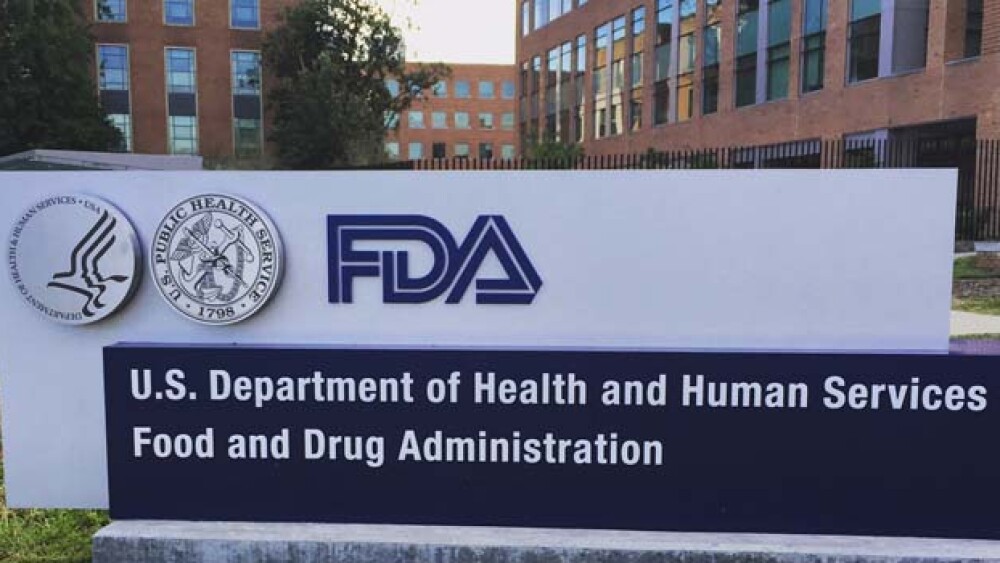Before it finalizes the guidance, the FDA is seeking comment from drugmakers about the proposed plans.
The U.S. Food and Drug Administration (FDA) issued a new draft guidance for drugmakers aiming their resources at Fabry disease, a rare genetic disease caused by mutations in the alpha-galactosidase A (GLA) gene located on the X-chromosome.
The FDA said the purpose of the guidance is to provide recommendations to drugmakers regarding clinical trial design features that can support approval of drugs and biological products intended for the treatment of Fabry disease. The disease results from a buildup of a type of fat called globotriaosylceramide (GL-3) in blood vessels, the kidneys, the heart, the nerves and other organs. Patients with Fabry disease develop slowly progressive kidney disease, cardiac hypertrophy (enlargement of the heart), arrhythmias, stroke and early death.
There are two approved treatments for Fabry in the United States. Last year, the FDA awarded Amicus Therapeutics approval of Galafold (migalastat), the first oral medication approved for the treatment of adults with Fabry disease. Sanofi Genzyme also has an enzyme replacement therapy called Fabrazyme that has been approved by the FDA.
In its draft guidance, the FDA lays out its key considerations for clinical trials, including eligibility criteria, trial design and efficacy endpoints. The FDA noted that all patients who may be eligible to participate in clinical trials should have a confirmed diagnosis of Fabry disease. The agency outlined the ways in which a patient’s diagnosis can be confirmed. The agency also said that trials should include males and females and added that “as early as feasible,” trial sponsors should consider enrolling pediatric patients with Fabry disease in the trials.
Because Fabry disease is a rare disease, the draft guidance notes that trial sponsors can use a “single adequate and well-controlled trial” that shows a clinically meaningful treatment effect as the basis for drug approval “when accompanied by confirmatory evidence.” The FDA also said that sponsors should use a “parallel-group design” with an appropriate control group. If a trial sponsor is developing a treatment meant to slow or halt Fabry disease progression, the FDA said sponsors should ensure that the trial is conducted over an extended period of time in order to observe disease progression. For potential gene therapy treatments, the FDA said it will make special considerations regarding the length of long-term follow-up.
When it comes to selecting the efficacy endpoints of a trial, the FDA said sponsors should consider the natural history of disease progression, the trial drug’s mechanism of action and the target organ. The FDA said trial sponsors can establish efficacy through the demonstration of “clinically meaningful improvement in neuropathic symptoms, including pain, or gastrointestinal symptoms.”





